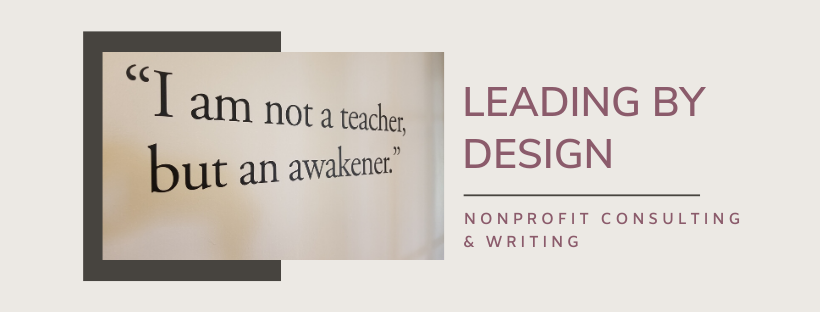SOME THINGS HAVE A WAY OF STANDING THE TEST OF TIME. That's why I'm dusting off this post from 2009 , because I think the ten resolutions I wrote about then still make good very good sense for 2011. This time around I'd like to emphasize resolution #8: get comfortable with change. It's not just a clever catch-phrase anymore. Today, it's as much about organizational survival as mission impact. While some folks will shrug their shoulders and say "change happens", others will be proactively using change to generate sparks. You might think that making sparks is just so much wasted energy, but sparks light fires. Shrugging change off doesn't even get the match lit. Head into your office on January 3rd with my list of resolutions or your own and see if you can make some sparks fly. Who will be your organization's change agent in 2011? Will it be you? Photo: desejo-lhes um santo 2011 - I wish... from Marcos Arruda
